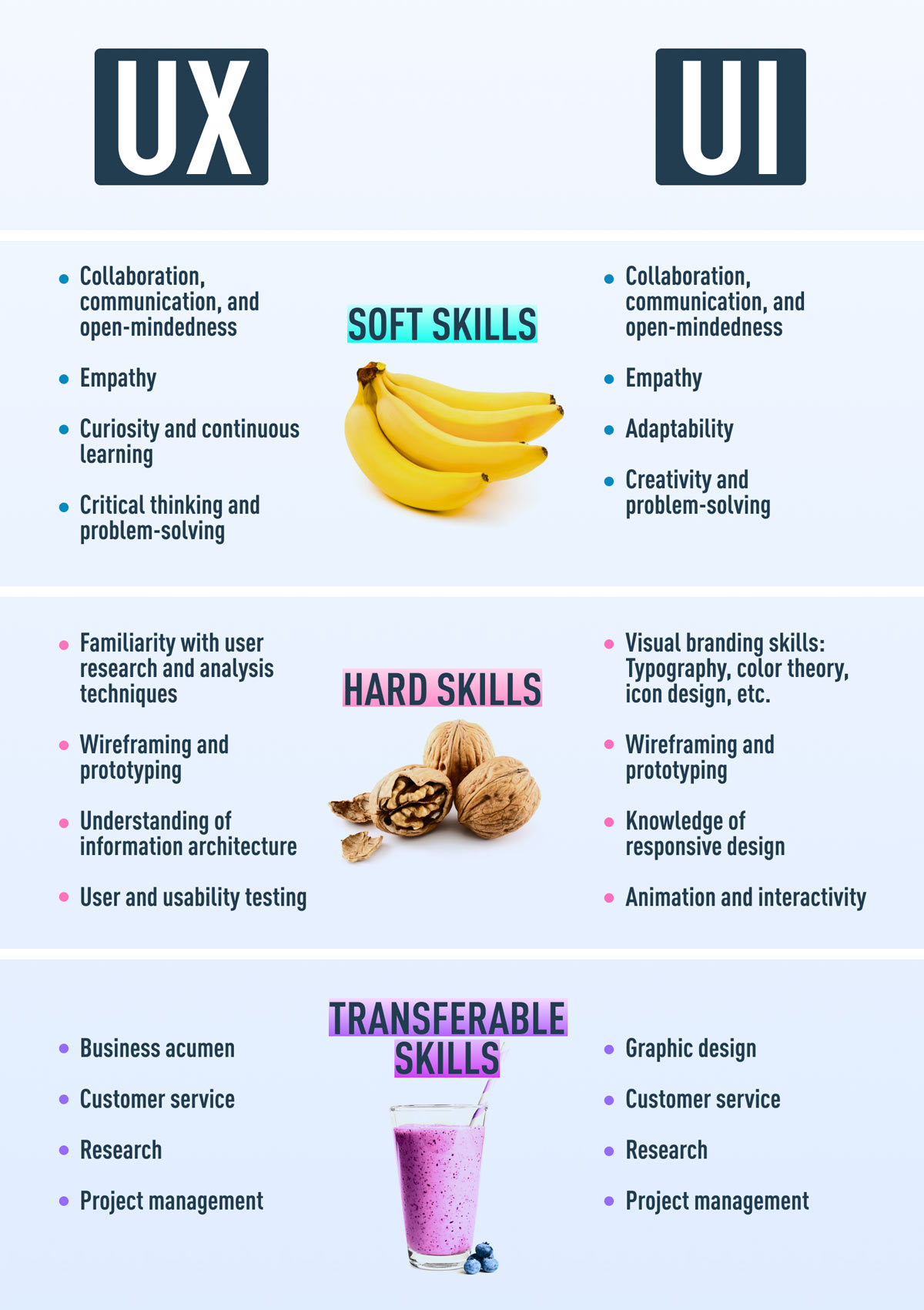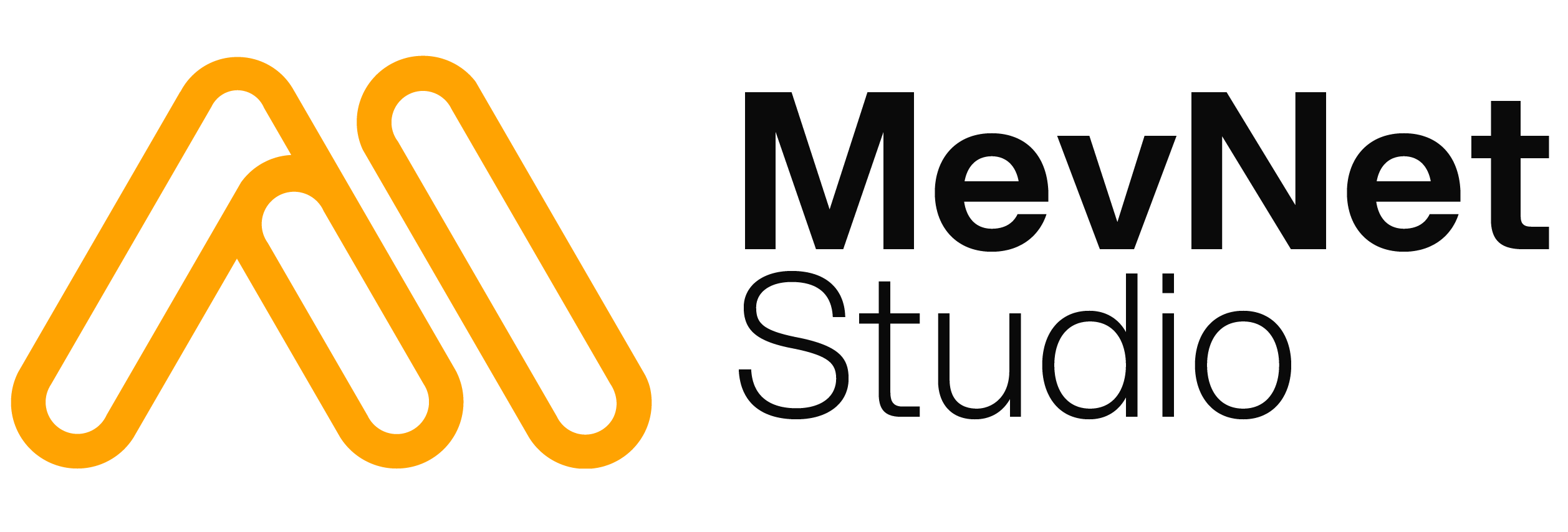The world of UI/UX is an exciting and deeply rewarding one. One of the most exciting parts is that anyone can become a UI/UX design expert with the right level of interest and determination. And there are several reasons why UI/UX design is a great career choice today.
But learning UI/UX design, like anything that is worth doing, takes some effort. The good news is that you don’t need a degree or some special qualification to break into this field. Yes, having a prior background in, for instance, graphic design or web development does help. But with little to no experience in tech, anyone can become a UX/UI designer. All you need is an appreciation for design, user experience and a hunger for continuous learning. Yep, continuous learning.
Becoming an expert in UX/UI design isn’t something that happens overnight. Understanding the fundamental principles and learning how to use the tools are things that can be learned within a relatively short time. However, developing a mastery of how they are applied to create amazing user experiences can take some time.
So, how difficult is it to learn UI/UX design? What do UI/UX designers actually do? What are the skills you need to get started and what you can do to ensure your learning experience is as productive as possible? If you want the answers to these questions, stick around and we’ll walk you through them.
What Is UI/UX Design?
Before delivering into what UI/UX designers actually do, let’s do a quick recap of what these specialisations are about.
User interface (UI) refers to the visual touchpoints an individual encounters while using a digital product. It includes those visual aspects of a website or an application. Essentially, how it looks to the user. A UI designer considers things like icons and buttons, typography and colour schemes, spacing, imagery, responsive design and how they contribute to the user’s experience.
User experience (UX) covers all interactions between a user and a product or service from the point of first contact. While the term is not exclusive to digital product design, within this context, it refers to the usability of digital products, taking into consideration how a user feels while using the product.
What do UI Designers Do?
UI designers are like the visual architects of the digital world. They carefully craft the aesthetics of digital products, creating visually appealing and user-friendly interfaces. Their primary goal is to make sure users have a seamless and delightful visual journey through websites and apps. Their key considerations include:
- Visual Design: Using tools like Adobe XD, Sketch, or Figma, they choose colour palettes, typography, and icons to create a cohesive and engaging visual design. It’s like painting a canvas with pixels.
- Wireframing and Prototyping: Before the final design, they build wireframes and interactive prototypes. These are like blueprints, outlining where buttons, navigation, and content will go. They use prototyping tools like InVision and Balsamiq to bring ideas to life for testing and feedback.
- Consistency: A UI designer’s job isn’t done once the design is finalized. They maintain design systems and style guides to ensure every button, image, or text box looks and behaves consistently throughout the product. This consistency is key to a great user experience.
In a nutshell, UI designers bring the “visual charm” to the party, making sure that the digital product not only works well but also looks fantastic. It’s all about blending creativity with user-centric design to create a visually compelling and intuitive interface.
What do UX Designers actually do?
User Research: UX designers start by getting to know the users. They conduct surveys, interviews, and usability tests to gather insights into user behaviour and preferences. Understanding the audience is the foundation of a great user experience. Their key considerations include:
- Information Architecture: When they determine who the users are, they work on organizing the product’s content and structure to make it intuitive. They create sitemaps and user flows, making sure users can easily find what they’re looking for.
- Prototyping and Testing: Similar to UI designers, they also create prototypes, but the focus is on functionality. Tools like Axure RP or Marvel help bring these prototypes to life. When these prototypes are developed, they are tested with real users to identify and fix any usability issues.
- Iteration: UX designers work closely with the development team, continuously refining the product as it evolves. It involves gathering feedback, analyzing user interactions, and making necessary adjustments to ensure the best possible user experience.
Summarily, UX designers are the user’s best friend. They’re all about creating a product that’s not only visually appealing but also highly usable, efficient, and enjoyable. It’s a combination of art and science, through which designers strive to make digital products not just beautiful but incredibly user-friendly.
How difficult is it to learn?

So far, we hope our explanations have gotten you more interested and excited about UI/UX design. However, the above paragraphs only provide a bare-bones explanation of what UI and UX design entails. The level of difficulty one would experience learning either UI or UX design depends on the field the learner is transitioning from. Definitely, a background in tech would provide a softer landing. However, even some tech professionals struggle to transition to UI/UX design.
For instance, for graphics designers, adding research, testing, and even coding to their skill set may require them to stretch themselves in new directions. For someone transitioning from web design, user research, content strategy, usability and accessibility, information architecture, and overall business goals, project management and communication may be skills that they would need to develop afresh.
For those transitioning from non-tech backgrounds, these soft skills and transferable skills may be a given. What may prove difficult may be the hard skills associated with using design software. Software design software like the ones mentioned above are not your everyday apps or websites and would require consistent practice to master and continuous learning to keep up with the updates. Some aspects of UI/UX design will come easier to you than others. Even established professionals in the field admit to having greater mastery of some aspects of their role than others.
What are the skills needed?
The infographic below provides a comparison between some of the key soft, hard and transferrable skills needed in UI/UX design. Consider which you would be better suited to.

How to get started in UI/UX Design
It all starts with education. Like any profession, you have to learn the ropes. Depending on where you are in life, getting a college degree in UI/UX design may not really be convenient. In truth, many successful UI/UX designers today do not have college degrees at all or have degrees in completely unrelated fields. Because there is no ‘XYZ curriculum’ that covers all you need to know about UI/UX design, non-formal training pathways seem to be the norm.
For a non-formal learning journey, there is an abundance of learning resources easily available to any willing individual. If you are transitioning from a completely unrelated field, it is advised to start with free foundational learning content. Learn the basics of UI/UX design from the infinite content freely available online. There are loads to choose from between books, blogs, tutorials on YouTube or free short courses on Coursera or Udemy. These resources will enable you to understand the design process and the main principles of product design.
“Watching tutorials is a smart addition to your learning process. Just remember it’s not all about learning color theories, or UI patterns—tutorials on how to train your mind to think like a UX designer and understanding user’s needs are also key.” — Bojan Novakovic, Self-taught UI/UX designer
When you have sufficient knowledge of the basics, you can then move on to certification programs. For those with experience in related fields, you can start from this point. There are a host of certification programs, some of which are accessible online and some in person. Before deciding on the certification program, there are a number of factors you ought to consider which we have outlined in a previous blog post. It also features some of the best UI/UX design courses in the US. Certification programs like MevNet Studios’ UI/UX Training Course, provide a hands-on learning experience with real-life projects and are taught by experts who are current in the field.
How to Become a Better UI/UX Designer
Learning does not stop when you complete a course and gain a certificate. Because of how dynamic actual practice can be and the competition in the industry, you have to be at the top of your game. If you went through a good certification program like MevNet’s, upon completing the course, you should already have a standard portfolio that you can showcase. Even before getting any work experience, will have to build on this portfolio by designing more mock products to enable your skills to improve.
Get feedback on your designs from colleagues and seniors in the field and learn from it. Having a mentor who can constantly provide feedback would be immensely helpful. Not only will they be able to provide objective criticisms based on their advanced knowledge and experience, but they can share insight on some mistakes they made while coming up.
Being the best in the field also requires you to be up-to-date with the latest trends. With new tools released frequently, you will have a develop the habit of continuous learning.
Become a UI/UX designer with MevNet Studios
Learning UI/UX design can be challenging, but it’s not impossible. With dedication and practice, you can become a successful UI/UX designer. With MevNet, you can be assured of a seamless and stress-free learning experience that will provide you with the skills and insight you need to launch a successful career in UI/UX design.
Contact us today and let’s get you started!


Your blog always puts a smile on my face and makes me feel better about the world Thank you for being a source of light and positivity
Thanks Jayleen.